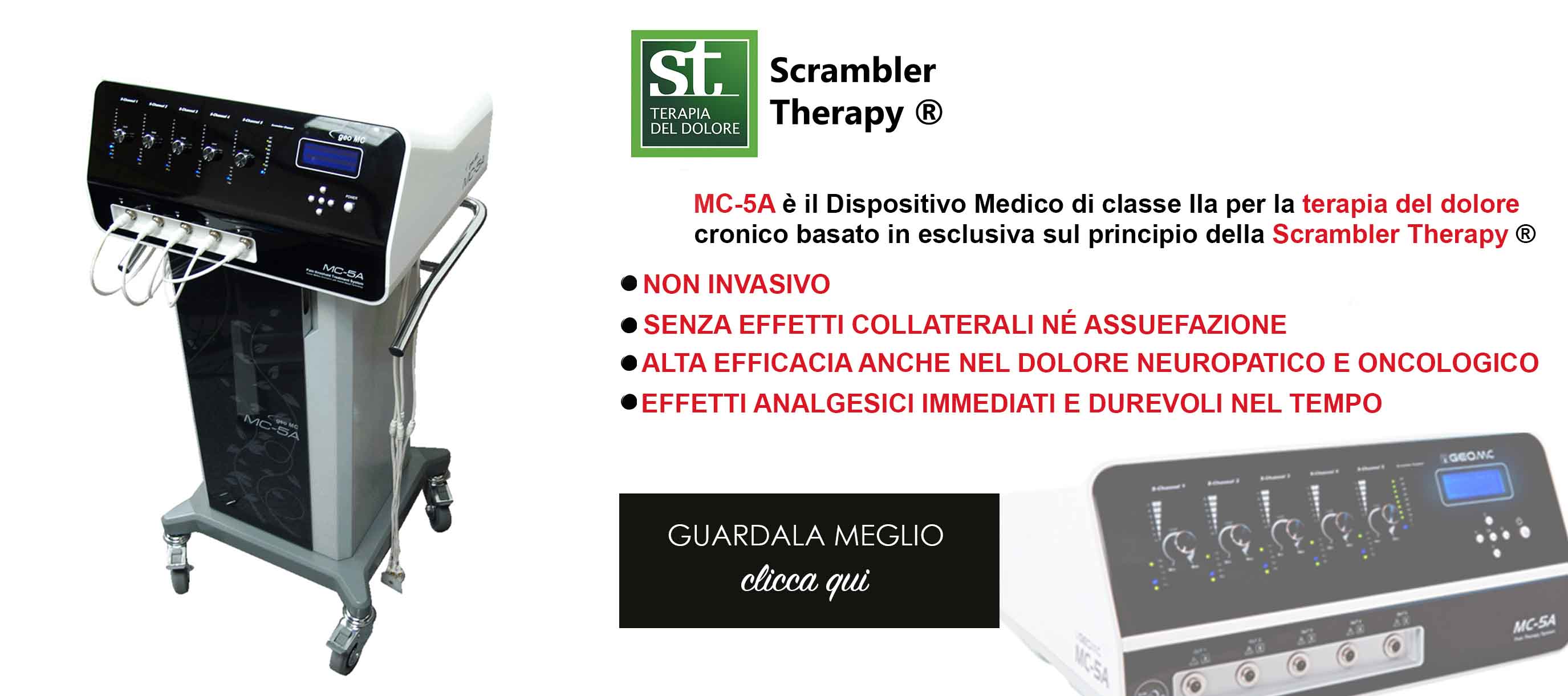

Tramadol 50 mg was added on the first follow-up visit after 1 week as there was no relief in pain. Keeping these two causes of pain in mind, the patient was started on flexon and gabapentin 300 mg. Pain may have been due to localized fibrosis and inflammation due to radiotherapy also postsurgical tissue and nerve damage may have contributed to the pain. The patient was disease-free and was referred to pain clinic with complaints of pain on the right side of the face and right upper chest with an NRS of 6/10. Postsurgery radiotherapy was given to face and neck and treatment was completed in October 2017. The patient underwent resurgery in July 2017, with excision and pectoralis major myocutaneous flap reconstruction. Disease recurred in the form of a nonhealing ulcer at the operated site.

The patient was disease-free from 2010 to 2017. Case 2Ī 56-year-old male, a case of carcinoma right buccal mucosa, underwent excision and adjuvant radiotherapy in 2009. Scrambler therapy was started as a nonpharmacologic adjuvant with the aim of preventing opioid escalation. Suspecting disease recurrence or vertebral metastasis causing persistent pain, a contrast-enhanced computed tomography scan abdomen was performed, which showed no residual mass or any bony metastasis. After 6 months of oral opioid therapy, the patient reported an NRS of 6/10. On the second follow-up after 15 days, the dose of morphine was increased to 10 mg every 4 h. Strong opioid morphine was started at a dose of 5 mg every 4 h, and adjuvant in the form of gabapentin was added. On follow-up after 15 days, pain had increased to an NRS of 8/10. The patient was started on ibuprofen and paracetamol (tab flexon) with opioid tramadol. Numeric rating score (NRS) pain was 6/10. Case 1Ī 40-year-old male presented with pain in the lower back, left lumbar, and iliac region, 6 months after left open adrenalectomy for adrenal cancer resection. We applied this technique in patients with CPSP not attributable to the underlying malignancy and were successful in reducing opioid requirements. Scrambler therapy basically works on the principle of “neuroplasticity,” remodeling the brain center responding to pain as nonpain. This model states that chronic pain results from repetitive firing of C-fibers and a failure to communicate the message of recovery to the central nervous system by pain receptors. Scrambler therapy was introduced in 2013 as a nonpharmacological modality of pain management and was devised on the basis of a model of chronic pain originating from Italy. Globally, CPSP is being recognized as a health priority Indian Association for the study of Pain (IASP) had dedicated 2017 as a “Global year against pain after surgery,” aiming to increase awareness about postsurgical pain. Chronic postsurgical pain (CPSP) is a major health problem worldwide, incidence of which has remained unchanged over the years.


 0 kommentar(er)
0 kommentar(er)
